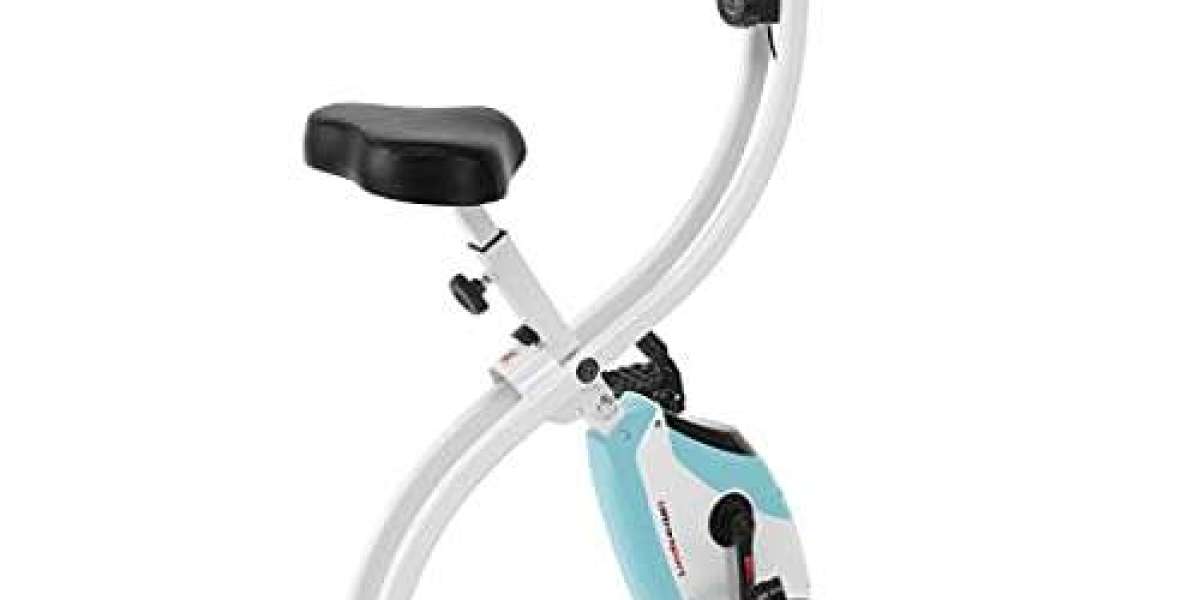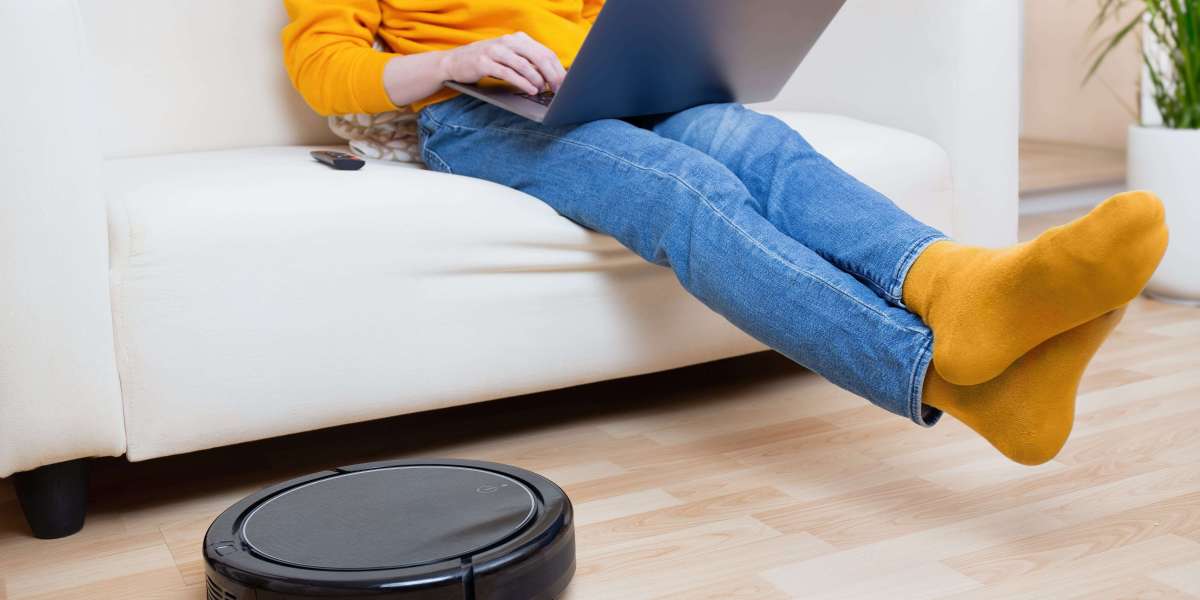In recent years, the concept of fitness has undergone a monumental shift. More individuals are turning to home exercise as a convenient, cost-effective, and time-saving alternative to gym memberships. Whether you're a fitness enthusiast or a complete beginner, investing in home exercise equipment can be an excellent way to maintain a healthy lifestyle without ever having to leave your house. But with so many options on the market, how do you choose the right equipment for your needs? This guide explores the essentials of home exercise equipment, highlights key considerations when purchasing, and answers some common questions, ensuring you find the perfect fit for your fitness regime.
Benefits of Home Exercise Equipment
The appeal of home exercise equipment goes beyond convenience. Here are some of the key benefits:

- Flexibility: No need to work around gym schedules; exercise whenever it fits into your day.
- Cost-Effective: Over time, the initial investment is often cheaper than long-term gym memberships.
- Privacy: Exercising at home eliminates the intimidation of crowded gyms, especially for beginners.
- Time-Saving: Skip the commute to the gym and maximize your workout time.
- Customizable Workouts: Choose equipment that supports your specific fitness goals, whether it’s weight loss, muscle building, or general health.
Different Types of Home Exercise Equipment
Home exercise equipment comes in many shapes and sizes, catering to various workout styles, budgets, and fitness goals. Here's an overview of popular categories:
1. Cardio Equipment
To improve cardiovascular health and burn calories, cardio machines are an excellent choice. Popular options include:
- Treadmills: Ideal for walking, jogging, and running at different inclines.
- Stationary Bikes: Low-impact cardio machines that come in upright, recumbent, or spin bike models.
- Rowing Machines: Offer a full-body workout by engaging both upper and lower body muscle groups.
- Ellipticals: Great for low-impact workouts that mimic running without straining the joints.
2. Strength Training Equipment
For those looking to build or maintain muscle mass, consider these options:
- Free Weights: Dumbbells, kettlebells, and barbells can target specific muscle groups effectively.
- Resistance Bands: Lightweight, portable, and cost-effective for strength training and flexibility exercises.
- Home Gyms: All-in-one systems combining weights, pulleys, and cables for various workouts.
- Weight Benches: A versatile addition for those who lift free weights.
3. Flexibility and Recovery Tools
A balanced fitness routine isn’t just about cardio and strength — flexibility and recovery are essential too. Consider these tools:
- Yoga Mats: A must for stretching, meditation, and floor workouts.
- Foam Rollers: Great for muscle recovery and relieving muscle tension.
- Balance Trainers: Enhance stability and core strength with tools like balance balls or wobble boards.
4. Compact and Portable Equipment
For those with limited space or on a budget, compact and portable options can deliver effective workouts:
- Jump Ropes: A simple, affordable tool for high-intensity cardio.
- Suspension Trainers: Lightweight straps that let you perform bodyweight exercises.
- Mini Stepper Machines: Compact and easy to store, yet provide a rigorous workout.
- Adjustable Dumbbells: Replace an entire set of weights with a single, space-saving solution.
Factors To Consider When Choosing Home Exercise Equipment
With so many options available, making the right choice can feel overwhelming. Keep these factors in mind to find the best equipment for your needs:
- Fitness Goals: Determine whether you're focusing on cardio, strength training, or flexibility. This will guide you toward the right type of equipment.
- Available Space: Measure your workout area and ensure the equipment fits comfortably. Opt for foldable or compact options if space is limited.
- Budget: Set a realistic budget, remembering that quality equipment is an investment in your health.
- Experience Level: Beginners may prefer user-friendly equipment, while advanced users might need specialized gear.
- Durability and Brand Reputation: Read reviews and choose trusted brands to ensure your equipment stands the test of time.
Tips for Setting Up a Home Gym
Setting up an effective workout space at home doesn't have to be complicated. Follow these tips:
- Designate a Dedicated Space: Convert a spare room, garage, or even a corner of your living room into your fitness area.
- Choose Multi-Functional Equipment: Opt for equipment that supports multiple exercises to save space and money.
- Focus on Lighting and Ventilation: Ensure your workout space is well-lit and ventilated to stay energized and comfortable.
- Add a Mirror: Mirrors help you monitor your form and make the space feel larger.
- Incorporate Storage Solutions: Use shelves, racks, or storage bins to keep your equipment organized.
- Create a Motivating Atmosphere: Play your favorite music, use fitness apps, or hang motivational posters to keep your workouts exciting.
FAQs About Home Exercise Equipment
1. What is the best type of home Exercise Bikes Online equipment for beginners?
Beginners often benefit from simple, versatile equipment like resistance bands, dumbbells, or a stationary bike. These are easy to use and provide a solid foundation for building strength and endurance.
2. How much should I invest in home exercise equipment?
It depends on your budget and fitness needs. You can start with affordable basics like jump ropes or resistance bands (under $50) or invest in premium machines like treadmills or rowing machines, which can cost $500 to $2,000 or more.
3. Do I need a lot of space for a home gym?
Not necessarily. Compact equipment like adjustable dumbbells, yoga mats, and foldable benches can help you create a functional gym even in a small apartment.
4. What should I prioritize: cardio or strength equipment?
Your choice should align with your fitness goals. For weight loss and heart health, prioritize cardio equipment. For building muscle or improving strength, focus on strength-training tools.
5. How do I maintain my home exercise equipment?
Regular cleaning and occasional lubrication (for machines like treadmills or ellipticals) can extend the life of your equipment. Always follow the manufacturer’s maintenance instructions.
Home exercise equipment is revolutionizing the way people approach fitness. Whether you're aiming for weight loss, strength-building, or overall health, having the right tools at home can make all the difference. By evaluating your goals, budget, and space, you can build a personalized workout space that meets your needs. From treadmills to dumbbells, there’s something for everyone in the world of home fitness.
The journey to better health starts today — right in the comfort of your home. Choose wisely, stay consistent, and witness the transformative power of a disciplined fitness routine. Remember, your health is an investment, and with the right tools, you're already halfway to success!
Ready to take the first step in creating your home gym? Start small, be consistent, and watch your fitness journey flourish.






